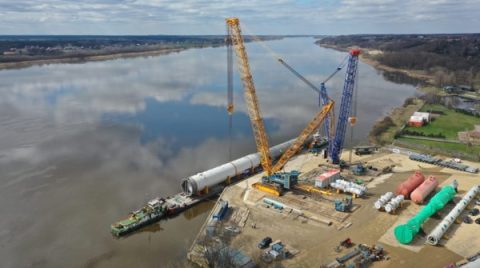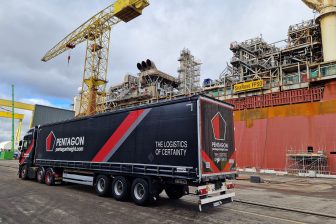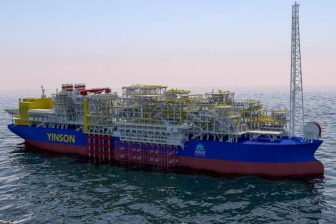
Heavy transport 330 km down one of Europe’s last wild rivers
Photo Sarens
Heavy transport specialist Sarens, was tagged by its clients Hyundai and Tecnicas Reunidas, to complete logistics activities for the Olefins petrochemical expansion project on behalf of end client Orlen.
Want to read more?
You have read all of your free premium articles for this month. Please become a subscriber to keep reading.
Subscribe now!
Take advantage of our exclusive offer to get full access to all premium content.




